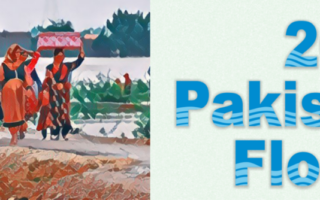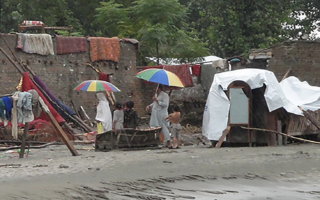
Climate and environmental stressors affect different people, populations, and places in different ways, which is why disaggregated data are critical tools in the global response. It is well known that climate change disproportionately affects those who contribute the least to global emissions. But further understanding how geography, gender, and other identities intersect, and how these dictate exposure to climate stressors and the ability to adapt, is essential to remedying climate-related inequalities and inequities.
Current projects build on the Council’s extensive history of research and programming around gender and working with adolescent girls. In Mongla Town, Bangladesh, working with local partners has led to an understanding of how climate is driving internal migration, particularly girls and young women seeking work in garment factories. Secondary cities like Mongla have the potential to develop into “migrant friendly” places to attract young migrants, including women. Researchers are exploring interventions to promote safe migration for girls, including meeting local housing and transportation needs and promoting access to educational opportunities and basic health services.
In Zambia, researchers worked with female farmers to discuss how drought was impacting their economic security, household dynamics, and use of sexual and reproductive health services. Many settings such as Zambia are seeing a feminization of the agriculture sector, as men migrate to diversify their livelihoods. A recent review paper highlights the shifting landscape caused by the climate and the disproportionate harm that women and girls may face as a result of poverty, unsafe migration, and child marriage.




